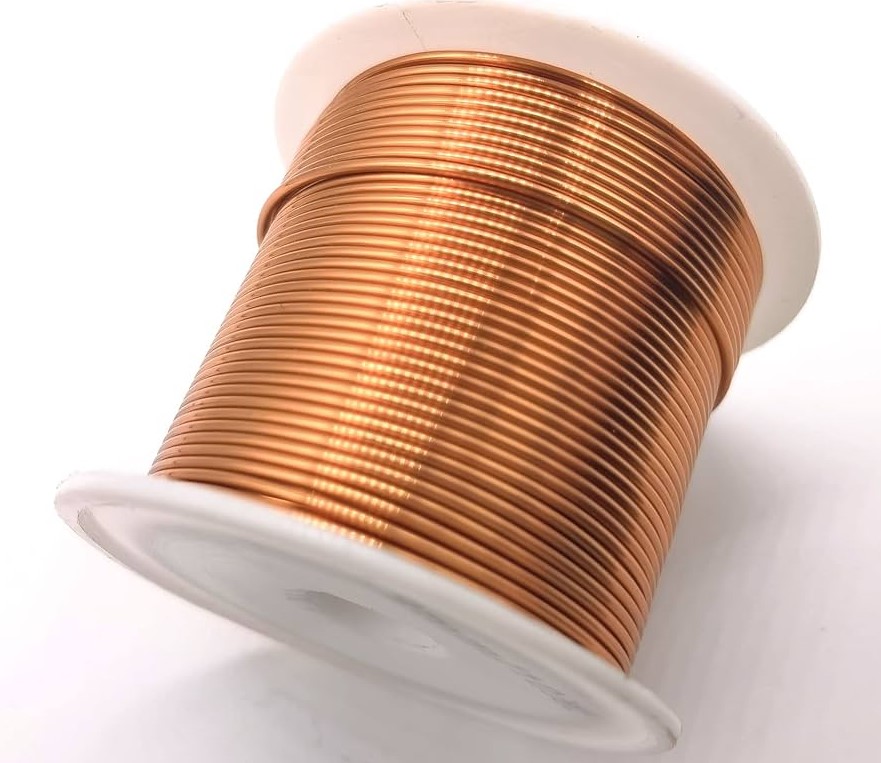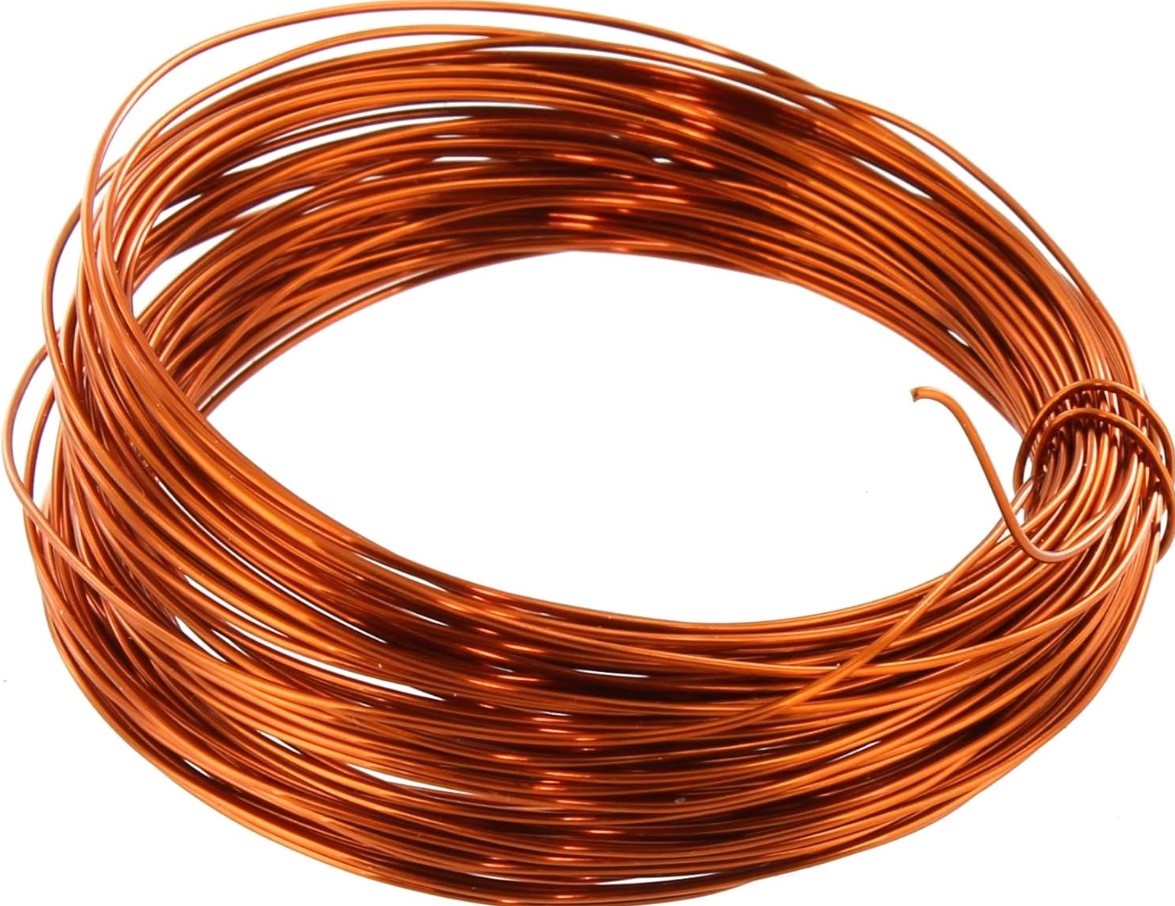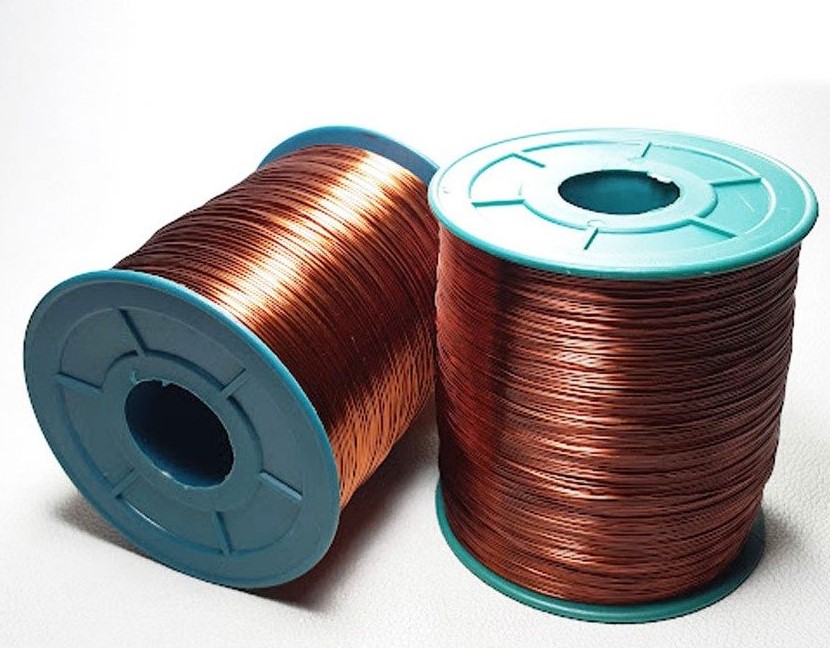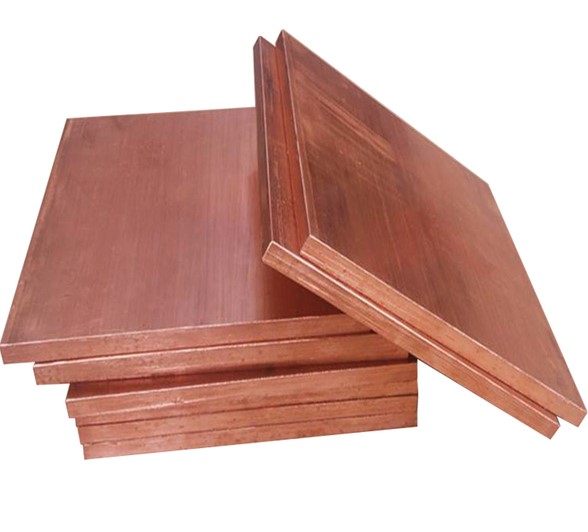Looking for a reliable solution for electrical and industrial applications? The 0.5mm copper wire stands out as a top choice for its excellent conductivity, durability, and flexibility. Whether you’re involved in electronics manufacturing, power distribution, or intricate wiring systems, this wire size offers the optimal balance between efficiency and manageability. At Stavian Industrial Metal, we provide premium-grade copper wire that meets strict international standards, ensuring high performance and long-term stability. Discover how our 0.5mm copper wire can enhance your project outcomes with superior quality and technical precision.
The 0.5mm copper wire is a widely used conductor in various industries due to its excellent electrical and thermal conductivity. Its compact diameter makes it suitable for applications where space constraints and precision are critical. Copper, known for its low electrical resistance, allows efficient energy transfer while minimizing power loss, making this wire size ideal for both small-scale electronics and intricate industrial machinery.
This wire is typically manufactured using high-purity electrolytic copper, ensuring maximum conductivity and mechanical strength. Its fine diameter of 0.5mm provides flexibility, which is particularly important in applications requiring tight bends or frequent motion. Industries such as telecommunications, automotive electronics, and smart devices frequently rely on this specification due to its dependable performance in demanding environments.
In addition, 0.5mm copper wire is often chosen for its versatility in manufacturing. It is available in solid or stranded form, insulated or bare, depending on the application. This adaptability ensures that engineers and technicians can select the most suitable configuration for their specific requirements.

One of the most common uses for 0.5mm copper wire is in electronic circuitry. Due to its small diameter and superior conductivity, it is often used for:
Its reliability and ease of soldering make it a go-to material for manufacturers and repair technicians alike. The 0.5mm size ensures that connections are secure without occupying excessive space, which is crucial in miniaturized electronics.
Modern vehicles contain increasingly complex electrical systems, from power windows to engine control units. The 0.5mm copper wire plays a key role in connecting various electronic modules, sensors, and control systems. In automotive manufacturing:
Because automotive environments are subject to vibration, heat, and chemical exposure, the material integrity of 0.5mm copper wire makes it a reliable solution.
High-speed data transmission requires wiring that minimizes signal loss and interference. The 0.5mm copper wire is widely implemented in:
Its precision and uniformity help maintain stable connections over long distances. Additionally, manufacturers often choose tinned copper or coated variants to enhance corrosion resistance and improve performance in outdoor or exposed environments.

Copper is second only to silver in terms of electrical conductivity. A 0.5mm copper wire typically offers a conductivity rate of approximately 97% IACS (International Annealed Copper Standard). This high efficiency ensures minimal power loss, which is especially important in high-performance or energy-sensitive systems.
Additionally, consistent electrical resistance per unit length enables predictable behavior across various voltage or frequency levels. This predictability is essential for design engineers working on circuit protection or signal timing.
Despite its small diameter, 0.5mm copper wire offers a robust combination of strength and flexibility. Its tensile strength typically ranges from 200 to 400 MPa, depending on temper and treatment. This balance allows the wire to withstand physical stress without breaking, even when bent or twisted repeatedly.
Moreover, its flexibility supports dynamic installations where movement or vibration is expected, such as in robotics, wearable electronics, and flexible displays.
Copper’s thermal conductivity is another significant advantage, allowing 0.5mm copper wire to effectively dissipate heat generated during current flow. This helps prevent overheating in tightly packed electronic systems.
The wire typically performs reliably in temperatures ranging from -65°C to +200°C, depending on insulation type. For example:
This makes it suitable for both standard and high-temperature applications.

When selecting 0.5mm copper wire, one key consideration is whether to use solid or stranded construction:
Choosing the right type depends on the environment and mechanical demands of the application.
Insulation not only protects against short circuits and environmental damage but also influences the wire’s flexibility and thermal resistance. Common insulation types for 0.5mm copper wire include:
Each material has its own trade-offs in terms of cost, temperature tolerance, and physical durability.
To ensure safety, reliability, and interoperability, 0.5mm copper wire is typically manufactured in compliance with international and regional standards. These include:
Compliance with such standards not only assures end users of consistent quality but also makes installation easier by aligning with known benchmarks for resistance, size, and insulation performance.
Environmental compliance is increasingly important, especially in the electronics and consumer goods sectors. High-quality 0.5mm copper wire should conform to:
Manufacturers like Stavian Industrial Metal prioritize environmentally responsible production processes, offering RoHS- and REACH-compliant products for sustainable engineering solutions.

The operating environment is one of the most critical factors when selecting copper wire. Considerations include:
Selecting the right variant for environmental durability can significantly extend the lifespan and reliability of your installation.
Even though copper has excellent conductivity, every system has unique load and voltage demands. For 0.5mm copper wire, engineers should evaluate:
Consulting ampacity charts and working with a certified supplier ensures safe and efficient system design.
Depending on whether the wire will remain static or move frequently, the wire’s physical construction must be considered:
Careful selection prevents future failures due to cracking, work-hardening, or insulation breakdown.

At Stavian Industrial Metal, we use state-of-the-art production lines to manufacture 0.5mm copper wire with precision and consistency. From high-purity copper cathodes to the final spooling process, every step is monitored for:
Our wire drawing equipment is calibrated to ensure micron-level diameter control, and annealing processes are tailored to meet the exact flexibility and hardness specifications needed for each application.
Before delivery, every batch of 0.5mm copper wire undergoes rigorous quality checks, including:
By implementing strict QA protocols, we ensure that customers receive wire that performs reliably in even the most demanding conditions.
Every project has unique requirements, which is why Stavian offers customizable options for:
Our technical team works directly with clients to recommend the optimal solution for specific electrical, mechanical, or environmental challenges.
Using 0.5mm copper wire allows engineers to optimize system performance by reducing electrical losses and improving signal clarity. Whether it’s used in sensors, control units, or power supplies, copper wire helps maintain voltage stability and efficient power distribution.
The compact diameter of 0.5mm allows for dense wire bundling in control panels, junction boxes, or electronic devices. This is particularly valuable in:
As a result, the wire supports innovative designs without compromising functionality or reliability.
With proper insulation and correct installation, 0.5mm copper wire can last for decades. Its natural resistance to corrosion, excellent fatigue life, and thermal tolerance contribute to lower maintenance costs and reduced downtime over the life of a system.
For businesses looking to secure a stable supply of premium 0.5mm copper wire, the sourcing process involves several key steps:
Stavian Industrial Metal offers tailored procurement plans and scalable logistics solutions to meet these sourcing needs efficiently.
Learn more
High-Quality 0.5mm Copper Sheet: Properties, Applications, and Tips
1.2mm Copper Wire – Specs, Uses, Safety & Price Guide
Address
Website: https://stavianmetal.com
Email: info@stavianmetal.com
